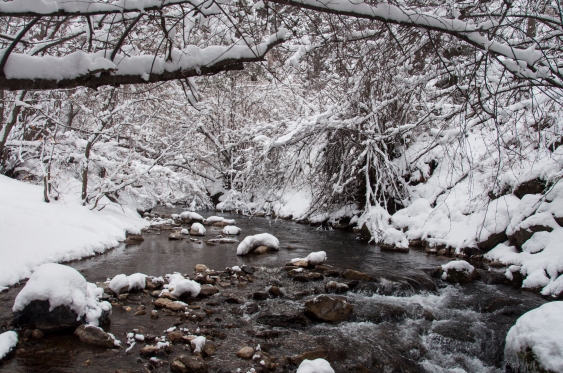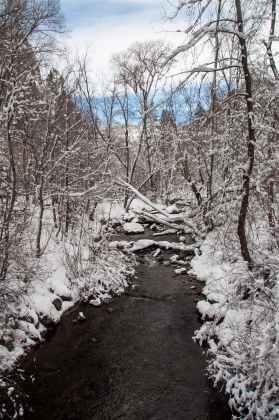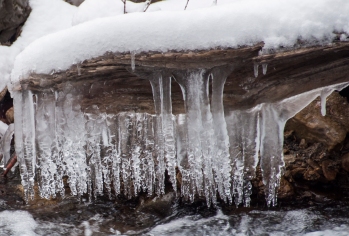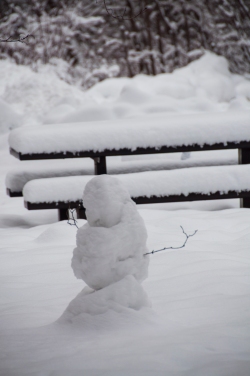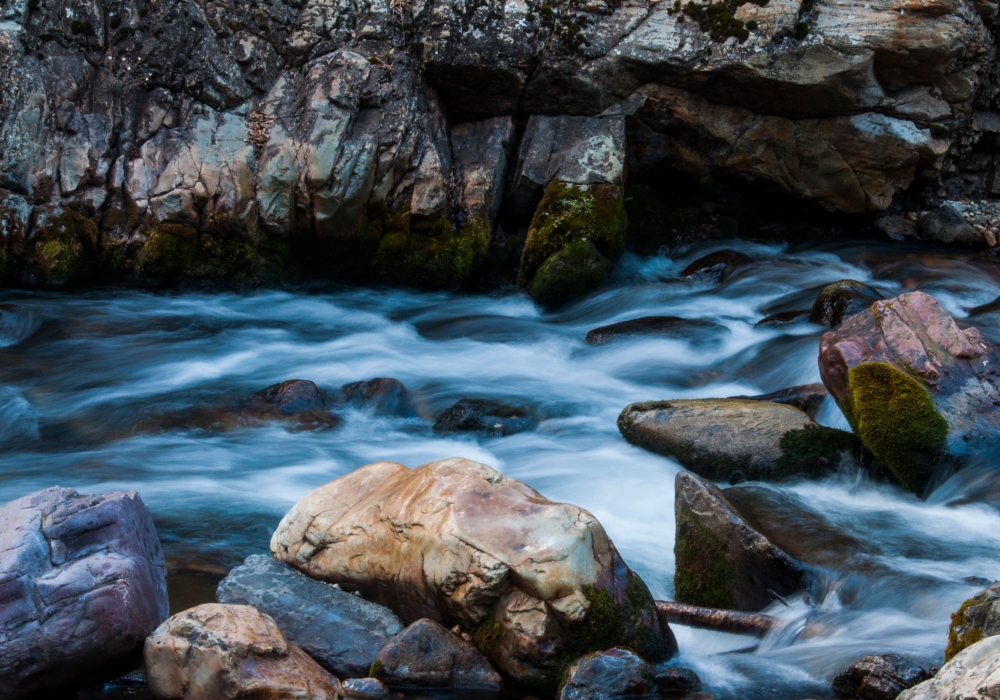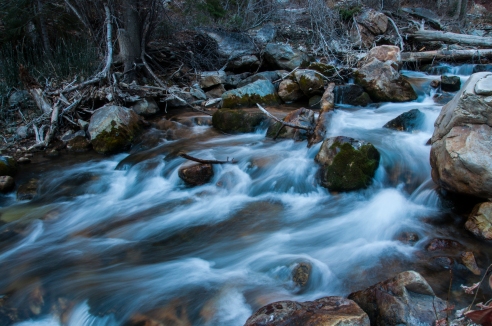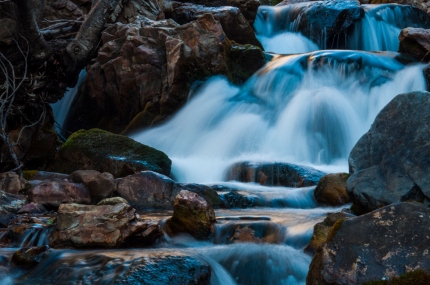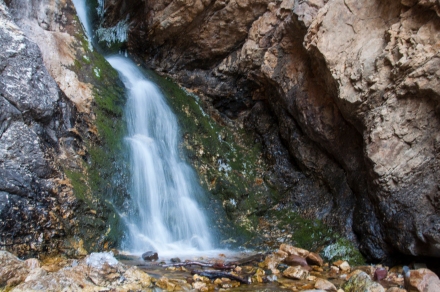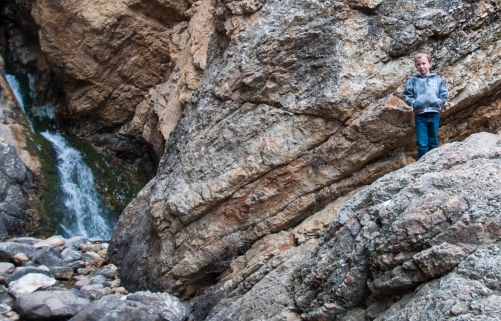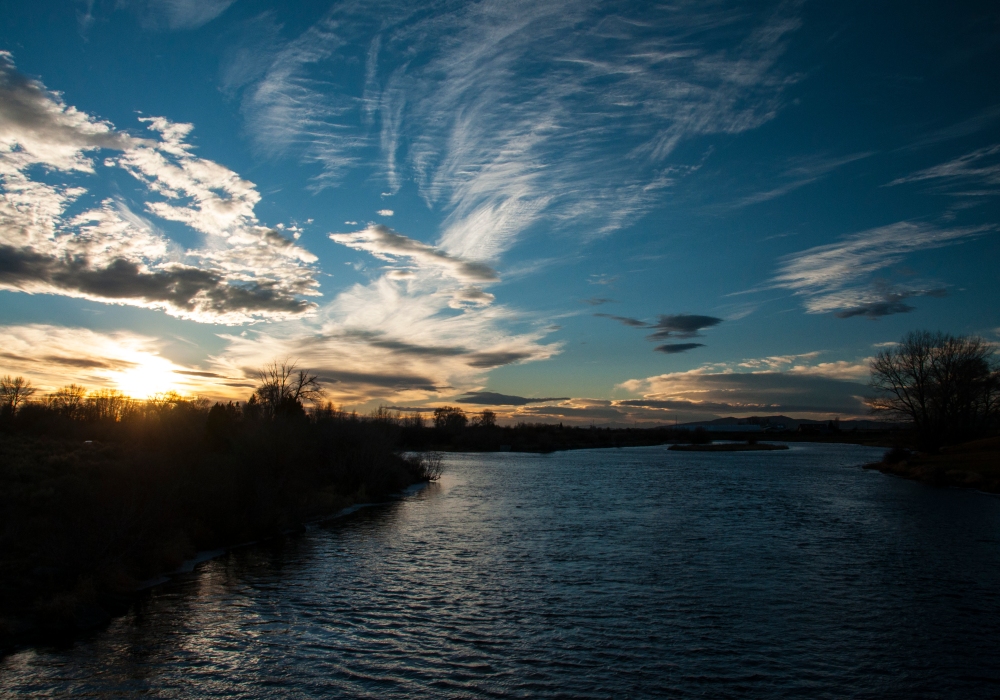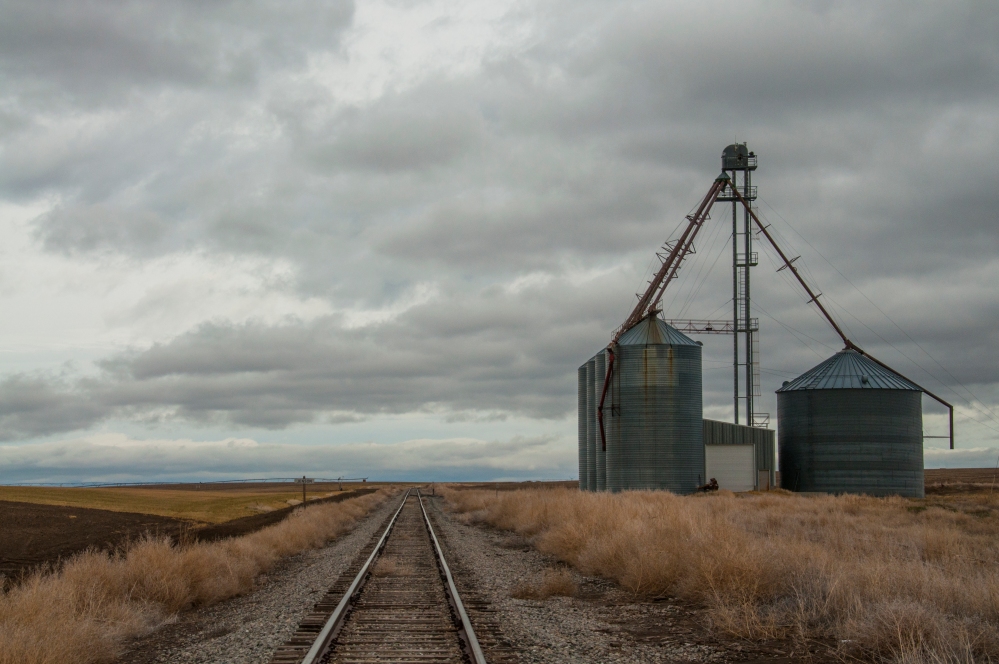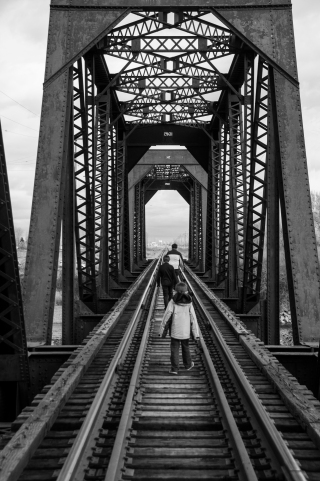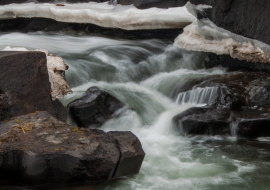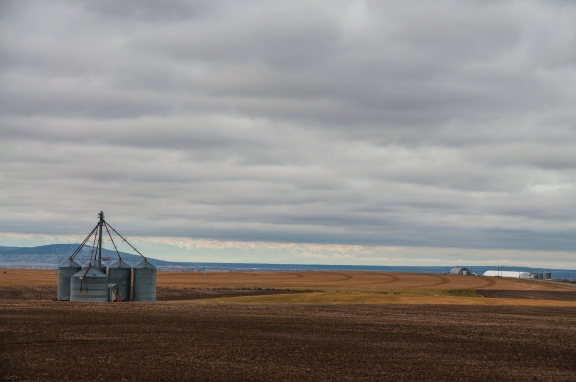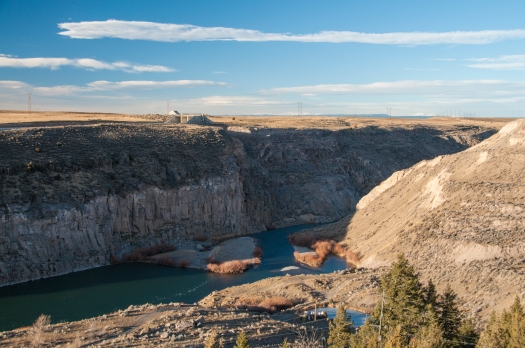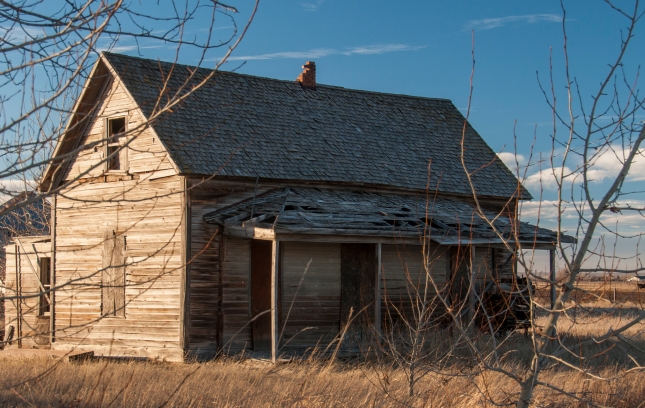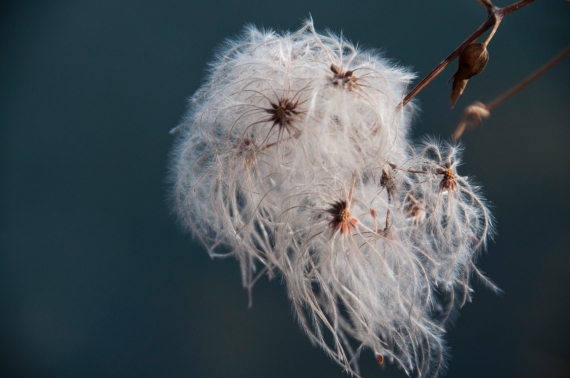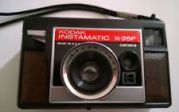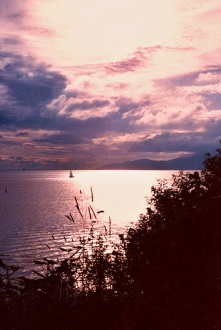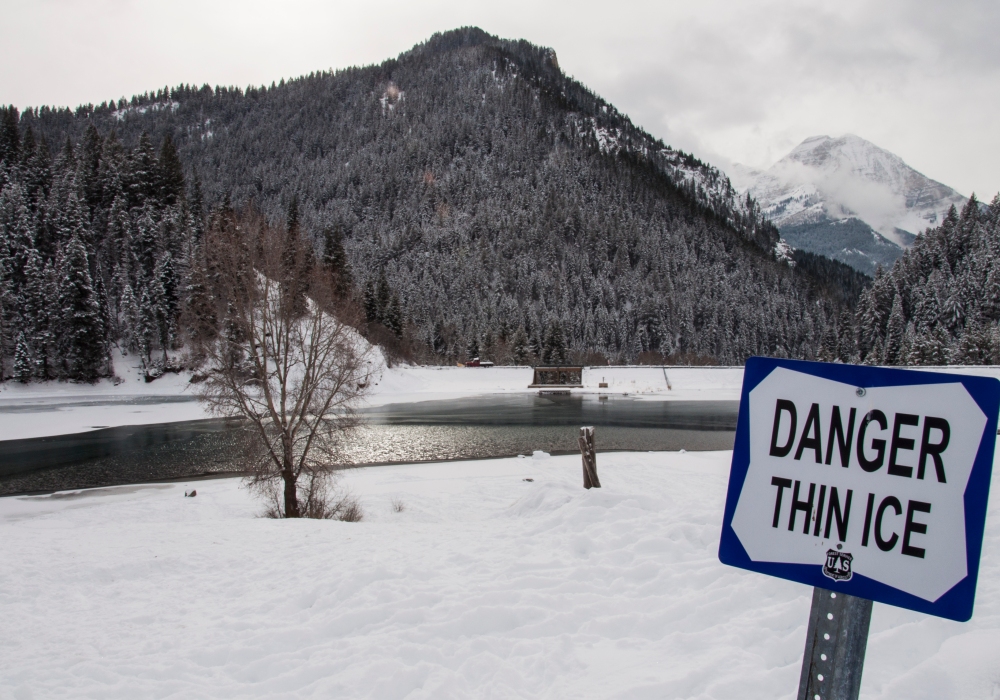
Fresh Snow and an Itchy Shutter Finger
Here in Utah winter was a little late arriving this year. The only people complaining were the hardcore skiers…and me. For the first couple of months I actually enjoy winter. The snow and bare trees completely change the landscape and make seemingly ordinary scenes beautiful. 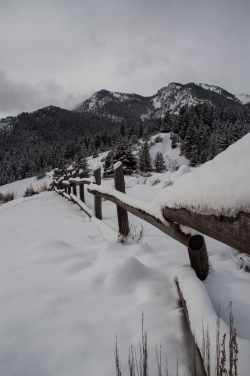
The day after Christmas my son and I joined my parents for a little photographic expedition into the Wasatch. Santa brought 6-12 inches of new snow on Christmas Day. It was the perfect time to get in some great winter shooting. Plus, it had been almost a week since the Nikon and I spent some quality time together in the mountains. So, I was more than eager to exercise my shutter finger.
Snow photography can be more challenging than it appears. First, the vivid, white snow against dark water, trees or ground make for extreme contrasts. The snow also reflects a lot of light making scenes brighter than our eyes perceive them; lots of risk of over-exposure. Finally, there’s white balance. Our cameras aren’t calibrated to see true white. More on that in a minute.
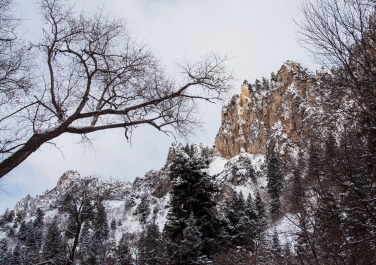 The drastic contrasts of snow photography can actually work in our favor. For one, snow photos often make good black and white shots. Black and white relies on the contrasts of light vs. dark. Whereas color photography relies of the contrasting of colors. Second, the sharp contrast can really make some subjects stand out beautifully. Blue sky against white snow and dark water can be a really eye-catcher. The gnarled trunk of a tree or twisted, leafless branches stand out nicely against pale snow. It also helps to work a little post processing magic, but that’s for another post.
The drastic contrasts of snow photography can actually work in our favor. For one, snow photos often make good black and white shots. Black and white relies on the contrasts of light vs. dark. Whereas color photography relies of the contrasting of colors. Second, the sharp contrast can really make some subjects stand out beautifully. Blue sky against white snow and dark water can be a really eye-catcher. The gnarled trunk of a tree or twisted, leafless branches stand out nicely against pale snow. It also helps to work a little post processing magic, but that’s for another post.
Its important to be aware that the snow is bouncing light all over the place. Its easy to get caught up in catching details in a dark stream while letting the surrounding snow “wash out” in a blaze of barren white. Snow has texture and shape. It can be very appealing and interesting to capture the contours of a blanket of snow or to capture the glistening snow crystals.
White Balance; there are a couple of ways to confront this issue. The first is to make adjustments on the camera. On Nikon D-series cameras you can go into Scene mode and select “Beach/Snow”. Yes, beach photography is very similar to snow photography. I’m sure Canon, Sony and other manufacturers have similar settings. These settings tell the camera that you are shooting bright white images and to treat whites as true white; instead of the pale gray they are calibrated for. The other option is to deal with white balance during post processing. Photoshop has an automated White Balance setting. I prefer to manually adjust it as I edit my photos.
It was an excellent day as three generations of photography nuts each recorded the glistening winter wonderland in our own way. I hope y’all had a great Christmas. Happy shooting!